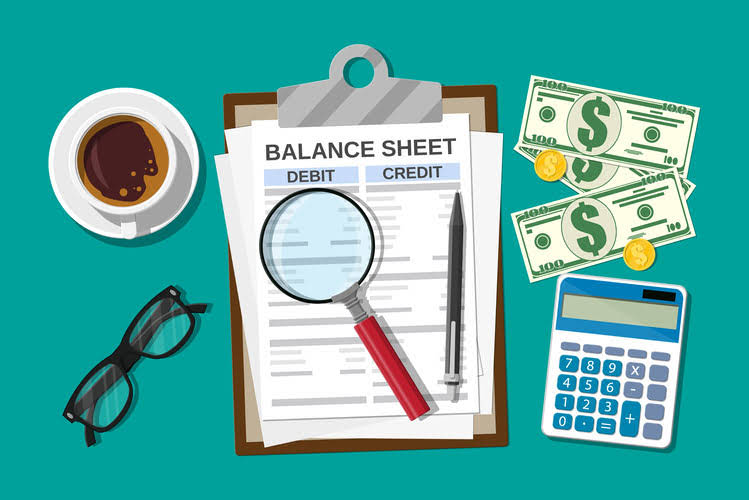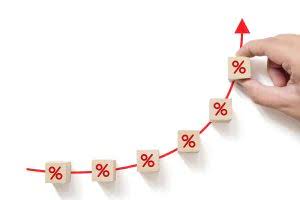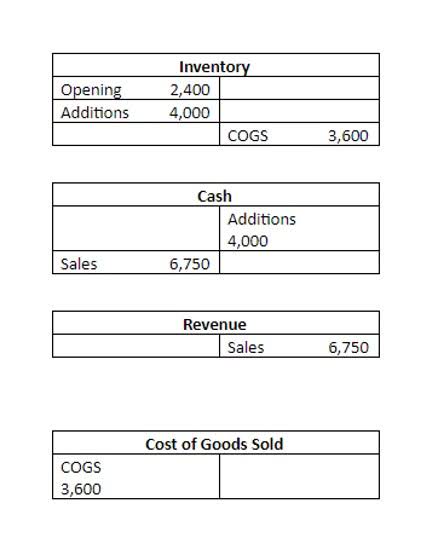
However, it still does not meet the gold standard 1.0 quick ratio or 1.5 current ratio. It is the sum of all cash accounts that are any assets easily converted into cash within one calendar year appear on a company’s general ledger. It includes money that is present in a company’s bank account or petty cash drawer as of the date of the financial statements. The general ledger cash balance should be reconciled to the company’s bank statement on a monthly basis, at a minimum. Short-term assets are highly liquid assets that a company holds onto for less than 12 months and expects to convert to cash within that time. A current asset is an item on an entity’s balance sheet that is either cash, a cash equivalent, or which can be converted into cash within one year.
Best First Steps for New Investors, According to Self-Taught Pros

The balance sheet shows a company’s assets, liabilities, and equity at a certain point in time. It is a snapshot of a company’s financial position as of the date of the financial statements. Because current assets are the most liquid type of asset, they are the first asset category listed on a company’s balance sheet. Current assets will usually have a subtotal on the balance sheet as well, for easy identification. The Cash Ratio is a liquidity ratio used to measure a company’s ability to meet short-term liabilities. The cash ratio is a conservative debt ratio since it only uses cash and cash equivalents.
Managing your current assets effectively with Rho
With this strategy, the business owner can arbitrate a settlement normal balance outside of court so cash assets are not seized involuntarily. A trust is a legal instrument that places your assets into an account wherein a third party oversees the account maintenance and allocation. Trusts typically keep your assets safe from seizure resulting from court judgments, but they might be subject to child support payments. This kind of protection is usually irrevocable, so be sure it is the right choice for you. This type of insurance policy covers your cash assets in case your other policies max out.

Can a company have high total current assets and still face liquidity problems?

In a broad sense, assets include everything your company owns that has some economic value. A current ratio above 1.0 indicates that a company can keep up with its current liabilities. While a good current ratio depends on the industry due to varying profit margins and expectations, a current ratio from 1.5 to 2.5 tends to indicate a promising company. Alphabet has an exceptional current ratio that demonstrates a strong financial position.
- The main differences between the current and non-current assets are their liquidity and time frame for conversion.
- Accounts receivable follow, representing money owed to you, poised to be pocketed within the operational cycle.
- Enerpize will help you automate the entire process of current asset management, ensuring a seamless, error-free experience.
- It doesn’t necessarily reflect the views of Rho and should not be construed as legal, tax, benefits, financial, accounting, or other advice.
- A company’s assets on its balance sheet are split into two categories – current and non-current (long-term or capital assets).
- Prepaid expenses are payments made in advance for a future service that has not yet been provided.
Accounts receivables are the amounts that a company’s customers owe to it for the goods and services supplied by the company on credit. The accounts receivables are presented in the balance sheet at net realizable value. Cash appears as first item under the account head ‚current assets’ in the balance sheet as it is the most liquid asset of the entity. This is because all the items in the current assets account category are listed in the order of liquidity of the assets. A clear list of current assets helps track the available resources of the business.
- For instance, while cash is immediately available, inventory or accounts receivable may take time to convert into cash.
- The accounts receivables are presented in the balance sheet at net realizable value.
- Trusts typically keep your assets safe from seizure resulting from court judgments, but they might be subject to child support payments.
- FDIC deposit insurance coverage is available only to protect you against the failure of an FDIC-insured bank that holds your deposits and subject to FDIC limitations and requirements.
- Understanding industry norms is crucial for interpreting the figure accurately.
Terms Similar to Current Asset
We are not a comparison-tool and these offers do not represent all available deposit, investment, loan or credit products. Thus, these trading securities are recorded at cost plus brokerage fees once they are acquired. This legal document prevents a partner in marriage from obtaining cash assets. With this type of protection, cash assets cannot be taken through alimony or other compensation should the marriage legally disintegrate.
Cash assets are normally classified as current assets for accounting purposes, but differ slightly in definition. Current assets normally are expected to be converted to cash within one operating cycle, which is commonly one year. Cash assets, however, are unique to current assets in https://www.bookstime.com/ that they generally must be convertible to cash within three months or less. Assets that get easily converted into cash or are used during the normal operating cycle of a business or within one year, whichever is greater, are considered current assets. In this case, the operating cycle represents the time it takes to buy or produce inventory, sell the finished products, and collect cash for the products sold. To find current assets on a company’s balance sheet, look for items like cash, accounts receivable, inventory, and other assets that are expected to be converted into cash within one year.
- The balance sheet can assess a company’s financial health and calculate important ratios such as the current ratio.
- Think of it as your business’s most liquid resources—money and items you can easily sell or use to pay for day-to-day expenses.
- Let’s turn our attention to some examples of current assets to help you gain a clearer picture of their role and function.
- Accounts receivable are payments due from customers for their credit purchases, which are classified as current assets if they are expected to be collected within one year.
- However, for companies whose operating cycle is longer than one year, any Asset expected to be converted into cash within the operating cycle can classified as a Current Asset.
- Assets are the resources owned by a company in order to run and grow its business.
- Thus, these trading securities are recorded at cost plus brokerage fees once they are acquired.
Current assets are assets that your business can convert into cash within one year. They include things like the money in your bank account, products you plan to sell, and payments you’re expecting from customers. Current ratio evaluates a company’s ability to meet its short-term obligations typically due within a year.
